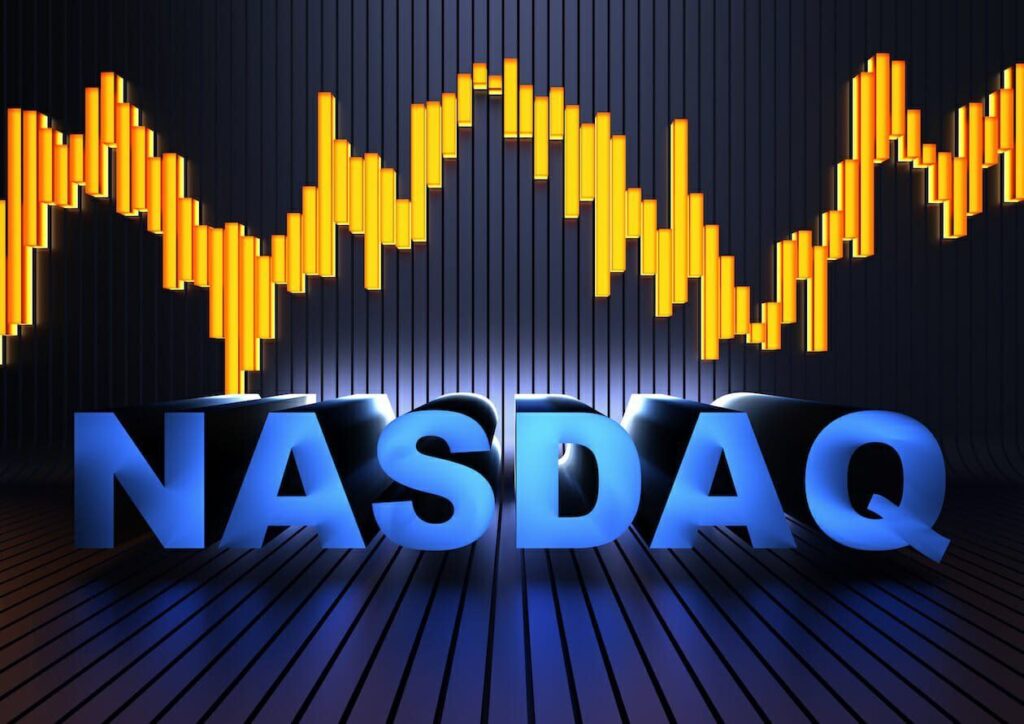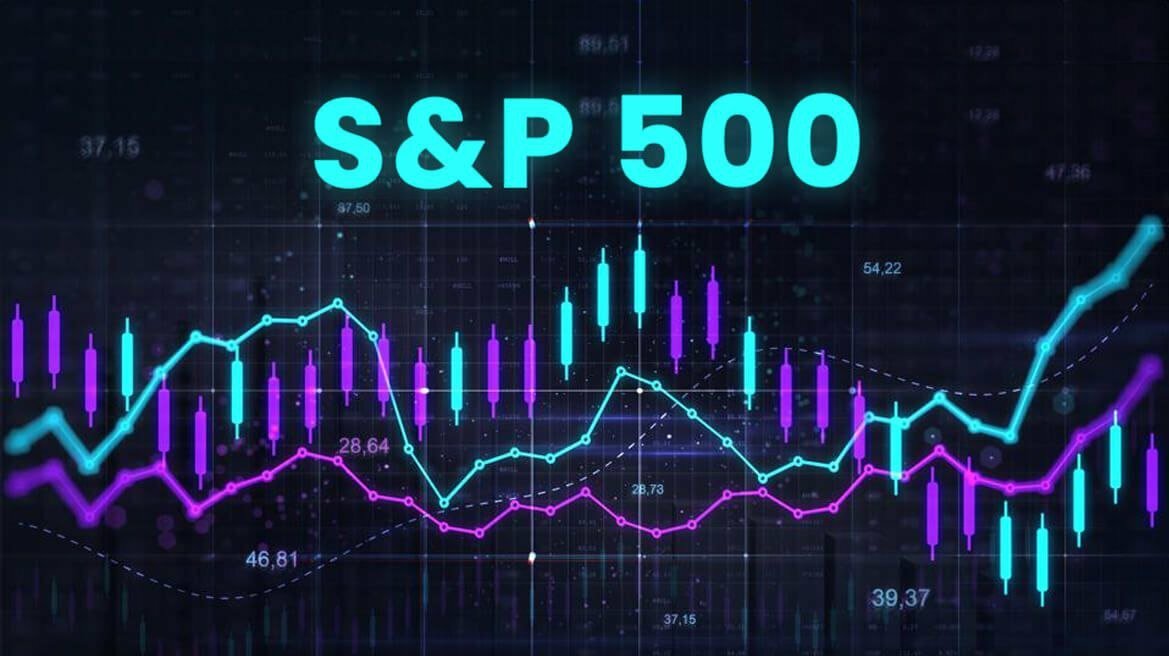
As investors focused on the approaching Federal Reserve meeting rather than the hotter-than-expected jobs statistics, stocks recovered a large portion of their early losses on Friday.
The Dow Jones Industrial Average reached a session low of more than 350 points down before closing just 34.87 points, or 0.1%, higher at 34,429.88 points. The S&P 500 decreased by 0.1% to 4,071.70 after falling by 1.2% earlier. In addition, the Nasdaq Composite gained ground to close over 0.2% down at 11,461.50 points. Early in the day, the tech-heavy index fell as much as 1.6%.
With the Nasdaq recording the highest rise of about 2.1% out of the three indices, all three posted weekly increases. The Dow rose 0.2%, while the S&P 500 gained 1.1%. The three major indices had back-to-back weekly advances on Friday for the first time since October.
Stocks fell after payrolls increased by 263,000 in November, above the 200,000 rise predicted by experts surveyed by Dow Jones, according to labour statistics released Friday morning. Additionally, average hourly wages exceeded forecasts, increasing by 0.6% from the previous month and 5.1% from the same month a year earlier. At 3.7%, the unemployment rate remained constant.
With each passing trading day, the market reduced a large portion of their losses. Following statements from Fed Chair Jerome Powell on Wednesday that looked to indicate slowdown rate rises beginning as early as December, market experts ascribed the shift to investors’ growing ability to brush off troubling individual economic signs.
Following Powell’s speech, “just one solid labour data point is not going to be enough,” according to Anna Han, vice president at Wells Fargo Securities. “He’s confirming that we are seeing the trend that we are having an effect on inflation, so I believe it sort of calms the market and takes the pressure off,” the author said.
It was the last employment report for the month before the Fed’s two-day meeting on December 13–14, when the central bank is anticipated to slow its rate hikes from the 75 basis points seen in recent months to 50 basis points.
S&P 500 and Nasdaq end Friday down, but all three indexes see weekly gains

Even though Friday’s trading was uneven, the three major indices concluded the week in the black.
The Dow finished at 34,429.88, up 34.87 points, or 0.1%. It gained the least amount this week, 0.2%.
The opposite was seen with the Nasdaq Composite. It had the poorest performance of the day, dropping roughly 0.2% to close at 11,461.50. However, it had the biggest weekly increase of nearly 2.1%.
The S&P 500 finished at 4,071.70, down 0.1%. This week, the broad index increased by 1.1%.
It was the first back-to-back weekly gain for the three indexes since October.
Indexes are positioned for a profitable week with less than half an hour remaining.
All three of the main averages were expected to post weekly increases as Friday trading neared its last half-hour.
The Nasdaq Composite was poised to record the largest gain, with an expected gain of around 2%.
Fed must consider other forms of inflation as labour prices remain high, according to the head of HSBC.
The labour market remained robust despite interest rate increases, according to Friday’s employment report. Jose Rasco, chief investment officer for wealth management and private banking at HSBC, says that does not, however, imply that such increases are not having the desired consequences elsewhere.
With average hourly earnings rising beyond forecasts, Rasco said Friday’s report is just another sign that the inflation rate in the services sector is not declining as the central bank had anticipated. The Fed may look elsewhere, he added, despite the fact that it appears to be focusing on labour as a crucial sign of how present inflation is faring.
Rasco asserted that he thinks there has been enough disinflation elsewhere to demonstrate the success of earlier interest rate increases. He cited a decline in product demand.
Has the Fed observed sufficient deflation in other markets to justify a reduction in the pace of rate increases?, he posed. “We would dispute that,”
RBC downgrades DoorDash amid slowing order growth.
One of the reasons why RBC Capital Markets downgraded DoorDash was the company’s slowing order growth.
The company cut the stock’s price objective from $70 to $60 and downgraded the stock’s rating from outperform to sector perform. The increased target price reflects an increase of almost 5%.
The food delivery stock has had a difficult year; since the start of 2022, its share value has fallen by 62.2%. In trading on Friday, it fell 2.4%.
As we approach ’23, we are uneasy with a possibly negative risk/reward given expected hypersensitivity to order slowdown, analyst Brad Erickson said in a report on Thursday. “DASH’s performance & management are largely considered the class of the sector.
Some S&P 500 sectors turn positive as index regains ground
Materials, industrials, consumer staples, and health care all went positive, helping the S&P 500 recover from earlier-in-the-day lows.
Materials was the best performing of the index’s 11 sectors, gaining 1%. Industrials, consumer staples, and health care all rose 0.4%, 0.2%, and 0.1%, respectively.
Around the flatline, energy flickered. Earlier, all 11 sectors were trading in the red, as stocks were under pressure from strong labour data.
Approximately half of the sectors remained offline. The weakest performer was information technology, which lost 1.1%. Communication services (-0.3%), consumer discretionary (-0.4%), real estate (-0.6%), financials (-0.7%), and utilities (-0.7%) were the other laggards.
